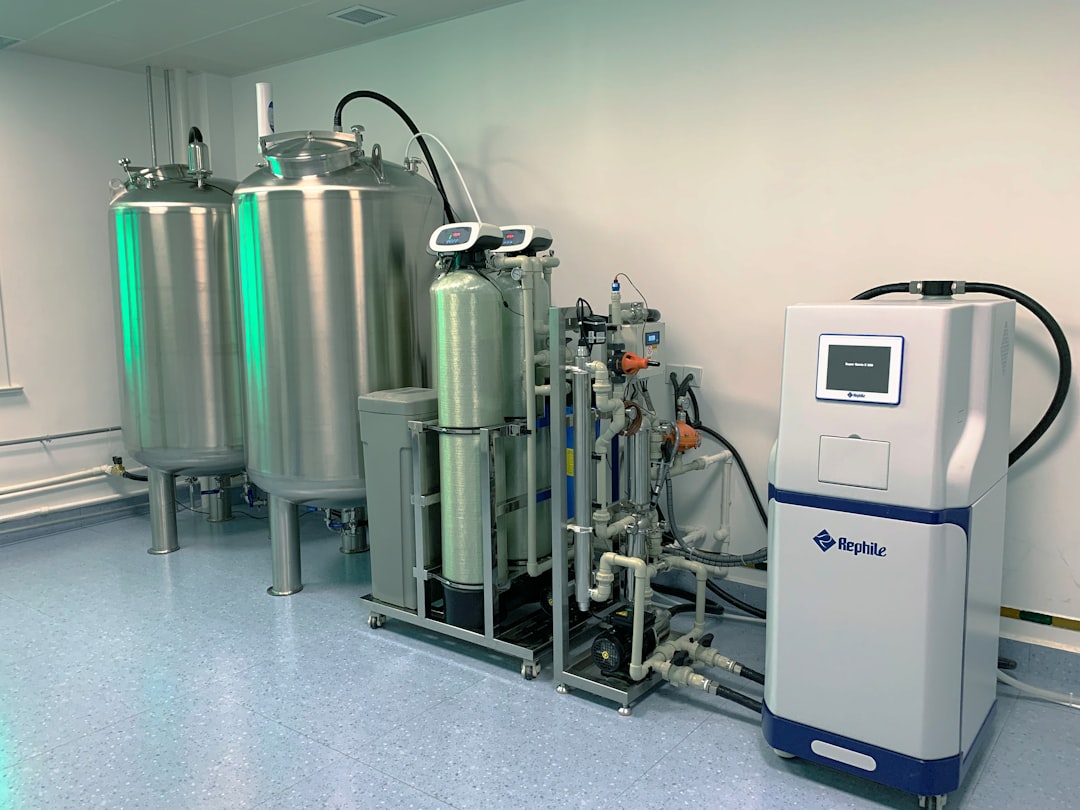What is it about?
Knowing how fluids flow is important in science and engineering. This knowledge can help solve many problems in these fields. However, current methods for modeling fluid flow require a lot of data. This has led to the development of methods like dynamic mode decomposition (DMD) and compressed sensing (CS). DMD breaks down the fluid flows into simpler parts which are easier to analyze. CS, in the meanwhile, enables the study of fluid flows from a small amount of data. What's more, the efficiency of DMD and CS can improve with the use of artificial intelligence. The authors of a recent study have attempted to do this. They developed a new method for fluid flow modeling, deep learning enhanced compressed sensing DMD (DCDMD).
Featured Image

Photo by Conny Schneider on Unsplash
Why is it important?
DCDMD only needs a fraction of the data and sensors to achieve the same or in some cases even higher accuracy, than the traditional methods employed to study fluid flows. This means a reduction in required computing power. It also enables the flexible use of sensors, depending on technical difficulties or cost. DCDMD is also not much affected by noise in the data, so it has great practical use. It will be especially helpful in studying and solving large scale real life problems involving fluid flows, where data is hard to come by and resources are limited. KEY TAKEAWAY: In conclusion, DCDMD, a new method, offers higher accuracy, efficiency, and noise resistance than traditional methods of fluid flow modeling. It will help improve the analysis of complex problems like weather forecasting.
Read the Original
This page is a summary of: Deep-learning assisted reduced order model for high-dimensional flow prediction from sparse data, Physics of Fluids, October 2023, American Institute of Physics,
DOI: 10.1063/5.0166114.
You can read the full text:
Resources
AIP Publishing - China's Research Excellence Showcase
More plain language summaries from AIPP relevant to China Research Excellence
Technology and Engineering Research Showcase
More plain language summaries relating to Technology and Engineering research
China's Research Excellence
More plain language summaries relevant to China's Research Excellence
Contributors
Be the first to contribute to this page










